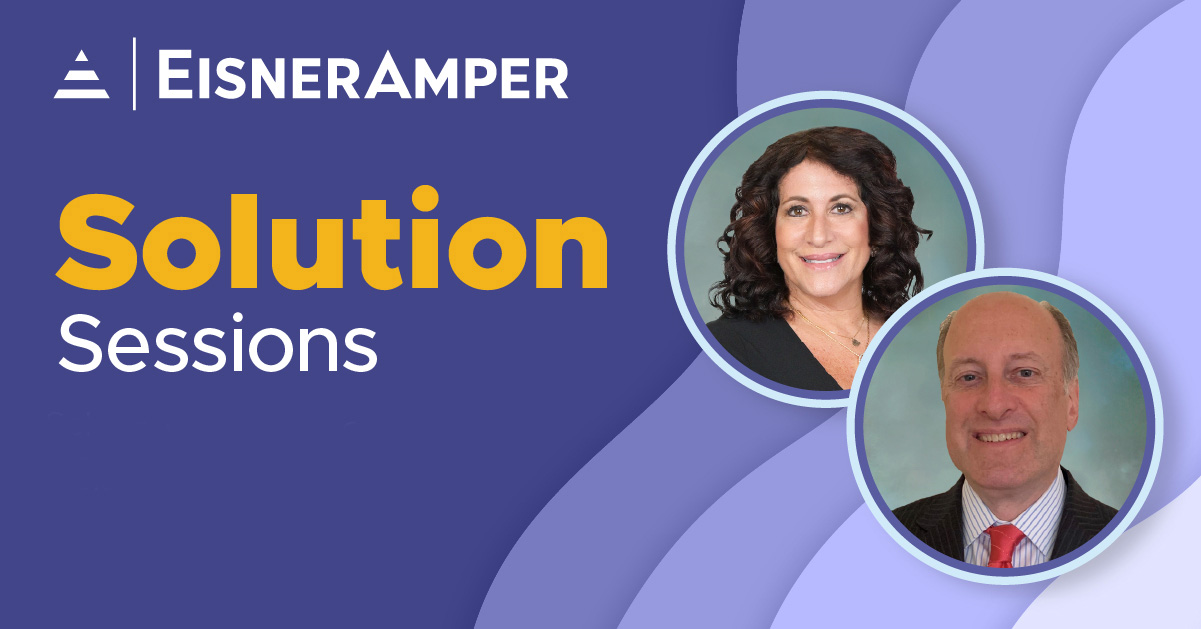
A “Steal Man” Beats a “Straw Man” Every Time
- Published
- Nov 16, 2021
- Share
Recently, a group of family members was trying to tackle a difficult decision. It was particularly challenging because one sibling proposed a completely different solution than his other two siblings. To help the family to resolve the issue and learn a new technique, we proposed using the “steal man” approach. This differs from a traditional “straw man” exercise in which the proposer tries to give a general overview of a proposed idea and then gathers additional input from others in the group.
In this process, each party is asked to write out their idea in as much detail as possible—suggesting both the benefits and possible barriers to success. Once they have completed their in-depth description, the other party must “steal” their idea and try to sell it back to them, bigger and better than before.
As an example, Joe wanted to grow the business by developing a new product line that involved importing key parts from Singapore and re-engineering some existing technology to meet a growing market need. His brother, Pat, wanted to grow the business by forming a strategic partnership with a complementary firm and combining technologies to meet a completely different market demand. This idea was supported by their sister, Kathy.
Both brothers had argued vigorously that his own idea was the best, but they had hit a complete impasse in their strategy discussion. This is when we suggested the use of the “steal man.”
Joe carefully wrote out his idea with enough detail that he felt it was convincing. Pat did the same and then they traded documents. They both had one week to take the opposite viewpoint and make it better. This meant that each had to thoroughly research their brother’s idea, find ways to improve the concept, and justify the means and eventual outcome.
One week later, the brothers met to sell their improved concept back to the originator. Not only was the process humorous, but each brother now had a much better idea of the mindset, expectations, understanding and desired outcomes of the other.
In the end, they were able to find a way to combine their ideas into a process that would not only save resources and build on company strengths but also realize a greater return on investment in the long run.
While this was a particularly happy ending, even when the participants don’t necessary decide to combine their efforts, the process greatly improves communication, collaboration, understanding and generally leads to more thoroughly explored solutions and better outcomes.
OUR CURRENT ISSUE OF RISE (Real Ideas to Stimulate Engagement)
Contact EisnerAmper
If you have any questions, we'd like to hear from you.









